Alcalá de Guadaíra, the city of bread
Did you know that for centuries Alcalá de Guadaíra supplied a large part of the province of Seville with bread? For this reason, it is popularly known as ‘Alcalá de Los Panaderos’ (Alcalá of the Bakers). The Route by the old flour mills along the River Guadaira, whose name the city bears, is a major attraction when visiting. The Route runs through Oromana Natural Park, a protected area.
Today, bread is still one of the town’s typical products, as are roscos, regañás and similar flour dough products. You will find them in bakeries and in local bars, served together with tapas. Be sure to visit the restaurants and bars to sample Alcala’s varied cuisine, including the very popular stews, rice dishes and homemade soups. If you prefer something sweet, you can try two local delicacies: bizcotela rellena and torta de Alcalá.
Just 21 kilometres from the city of Seville, Alcalá de Guadaíra has a rich historical heritage marked by its Arab past. Sites of interest include the medieval castle, Mudejar temples and the Gandul archaeological site, where the dolmens bear witness to the first civilisations that settled in the area.
Flamenco is also part of the town’s history. The soleá alcalareña made famous by Joaquín el de la Paula originated here. This artist has been celebrated for the past 30 years with a festival that bears his name.
History, flamenco, gastronomy, nature... What more reason do you need to visit this magnificent town? Come and visit it and, above all, ENJOY IT!
Getting to Alcalá de Guadaíra
If you go by road, the main motorway to Alcalá de Guadaíra is the A-92 (Seville-Málaga). However, if you are travelling from Madrid on the N-IV motorway, you can link up with the SE-40 road and take the exit for Alcalá de Guadaíra. If you come from Cádiz, Huelva or Portugal, take the SE-30 ring road and then the A-92 motorway until the exit for Alcalá.
Getting around
The best way to visit Alcalá de Guadaíra is by public transport. Four bus lines serve the area. However, the old town can be easily visited on foot and makes for a pleasant walk.
To visit the natural surroundings of the River Guadaíra, the Tourist Office offers a hiking route that you cannot miss. The route takes in the old mills from which the bread-laden carts came to supply the Sevillians.
Reasons to visit
- The Gandul dolmens will transport you back to the town’s prehistoric past.
- Relive the medieval period through its two castles: Almohad and Marchenilla.
- Oromana Natural Park and the windmill route alongside the Guadaíra riverbank will amaze you.
- Try the torta de Alcalá and the bizcotela rellena in a local confectionery.
- Meet the ‘Guardian of the Castle,’ the dragon that guards the fortified site.
- In Holy Week, a must-see attraction on Maundy Thursday morning is the theatrical performance of the ‘The Jews’. A deep-rooted tradition that recreates Jesus’ arrest by the Jews performed by members of the Confraternity of Jesus of Nazareth.
- Experience the art of the soleá alcalareña at the town’s two nationally renowned flamenco events: the Manolito de María Festival and the Joaquín el de la Paula Flamenco Festival, both in October.
- Visit the Almohad castle and discover the legends hidden within its walls. The most famous legend is about the Moorish princess Aira. It is said that the river is named after her and that she died of a broken heart. Some people believe that her spirit still wanders the castle’s courtyards weeping at night.
- If you need a break during your visit, relax in the Plaza del Duque pedestrian area, where free Wi-Fi is available.
What to see
Alcalá de Guadaíra will captivate you immediately with the beauty of the Oromana Natural Park along its riverbank and its historical heritage.
Stroll through the streets, discover its churches, enjoy its landscape and relax while admiring the La Campiña region from the top of the castle. But remember, before arriving at the fortified site, you must pay tribute to the ‘Guardian of the Castle’. Only then will you be able to enter the fortress, crossing the Dragon Bridge, the only ornamental bridge in the world. This spot is very popular with the locals.
Take the Molinos (Windmill) Route to learn about Alcalá de Guadaíra’s industrial baking past. From the Middle Ages to the beginning of the 20th century, these mills baked all of Seville’s bread. Over ten mills, scattered across the river, bear witness to the importance of this industry to the town.
Another must-see is the Gandul area and its megalithic dolmens. You will be amazed by these prehistoric tombs with their long passageways excavated in the rock leading to round chambers; remnants of the first civilisations of Los Alcores. If you are keen to continue exploring, Marchenilla Castle can be found very close by. It is the only fortified farmstead in the province of Seville.
To complete your visit, you could go to a bar or restaurant in the town and order chicharrones, a local speciality.
Places to visit
- The fortified site and medieval castle
- Guadaíra riverbank: the Windmill Route and Oromana Natural Park
- The Gandul collection: Marchenilla Castle, Palace and Necropolis
- Mudejar temples: Santa María del Águila Church with the statue of the patron saint and Santiago Church
- San Sebastián Church
- San Roque Shrine in Oromana pine forest
- Santa Clara Cloistered Convent
- The flour mill (MUSEUM), a refurbished industrial building that is also home to a tourism office.
Surroundings
Alcalá de Guadaíra is located within Seville’s metropolitan area, just 21 kilometres away from the capital. This proximity encourages continuous growth in both industry and services and serves as a dormitory town for many Sevillians. Together with Mairena del Alcor, El Viso del Alcor and Carmona, it is part of the Sevillian La Campiña tourist region, specifically, the Los Alcores area. Furthermore, the River Guadaíra has shaped a unique natural landscape, which led to its inclusion in the Andalusian Network of Protected Natural Areas in 2011.


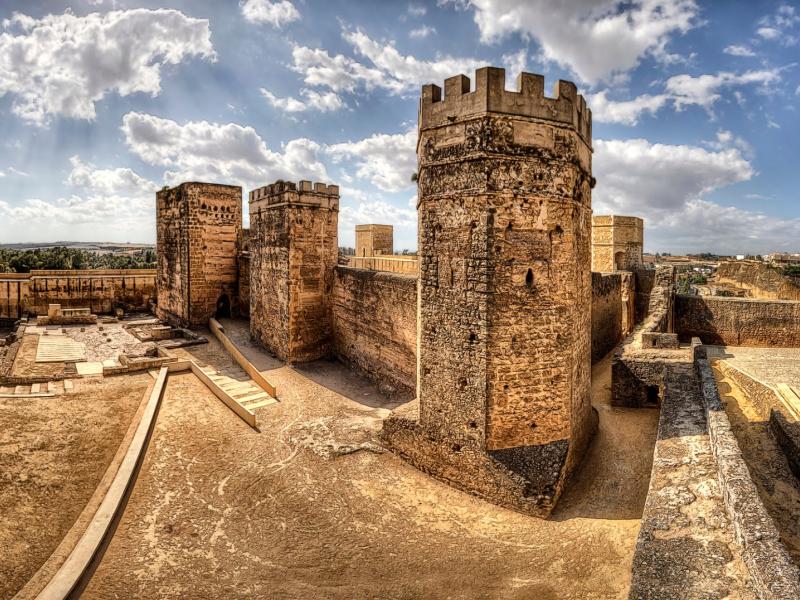
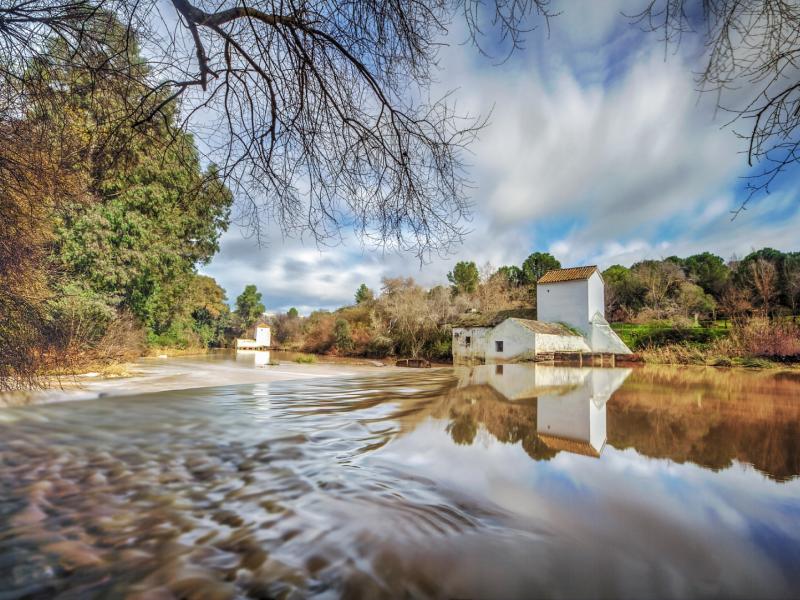
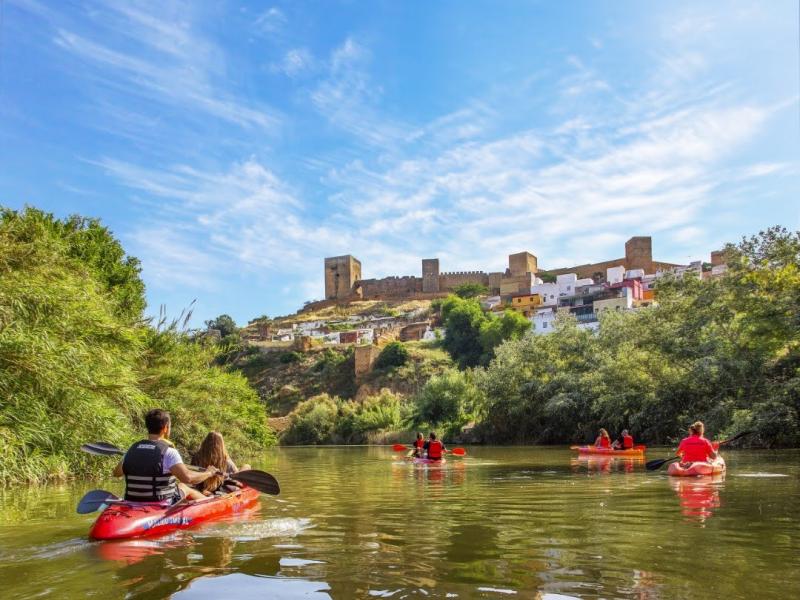
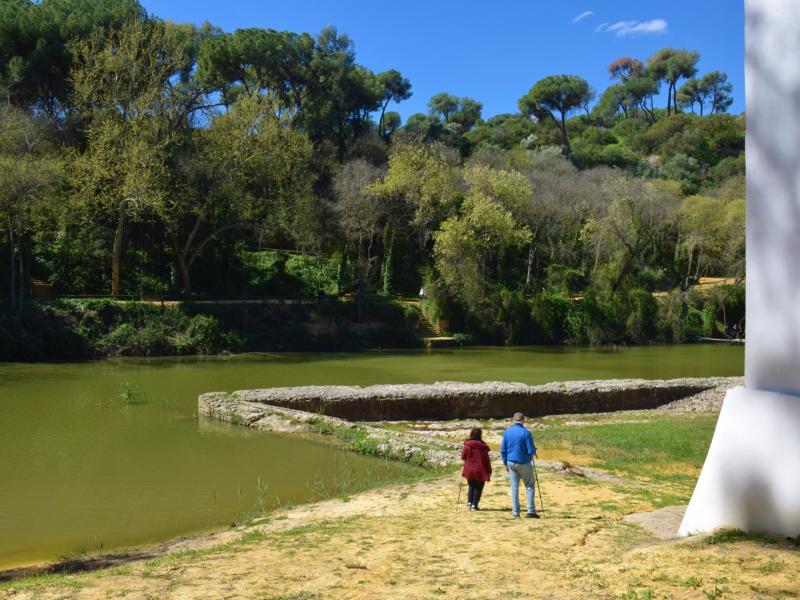
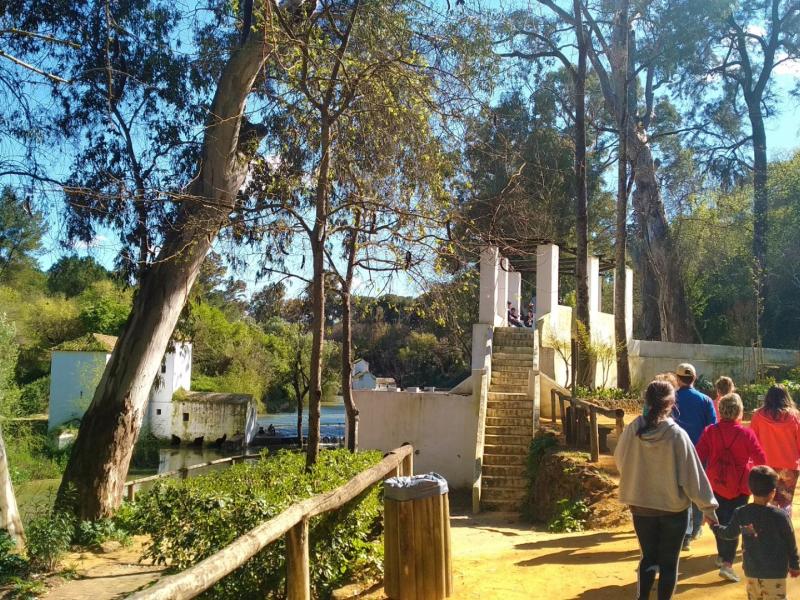
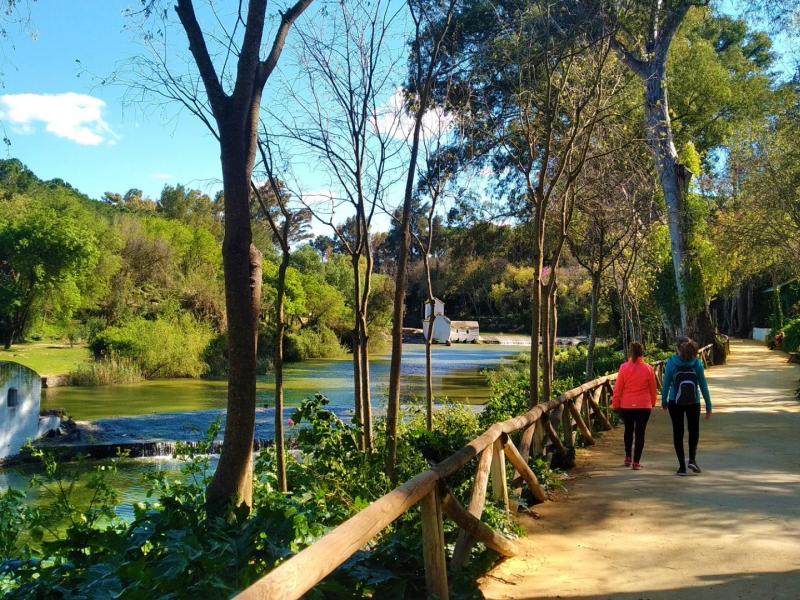
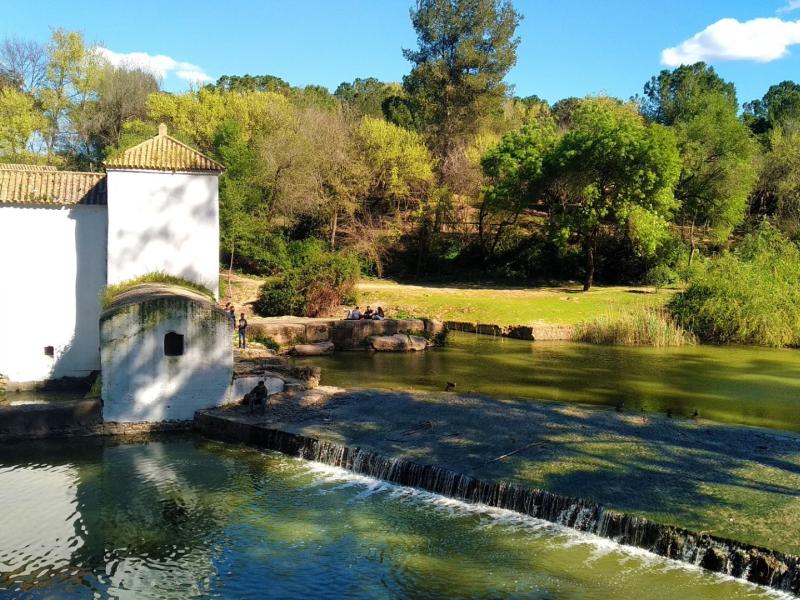
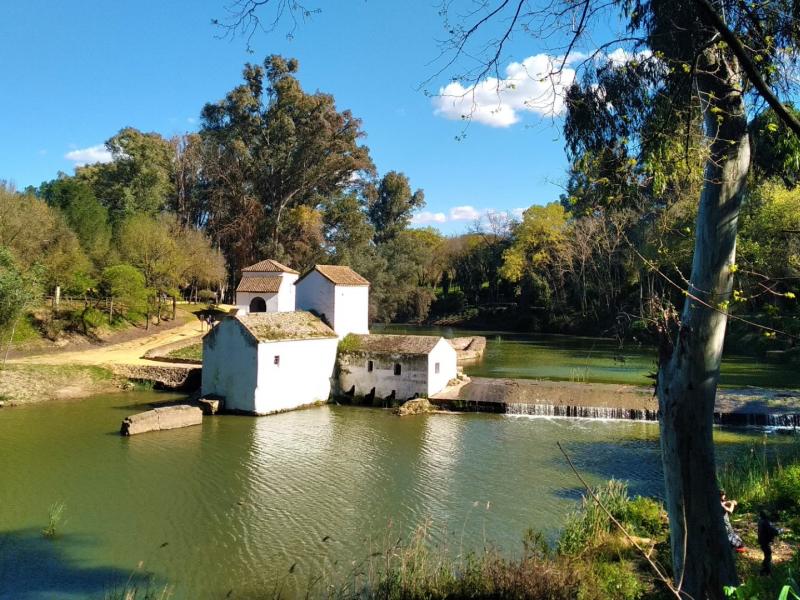
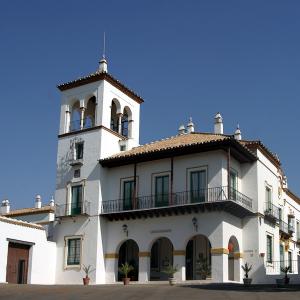

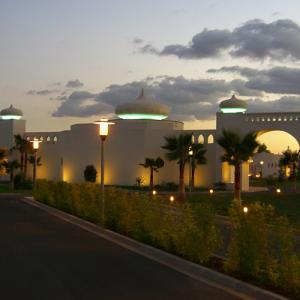

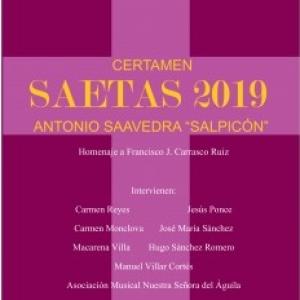
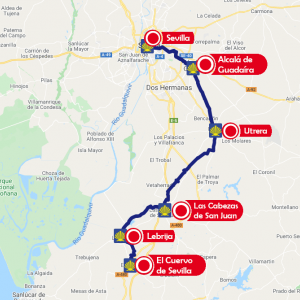
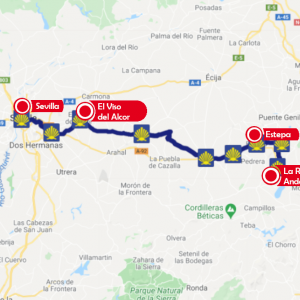
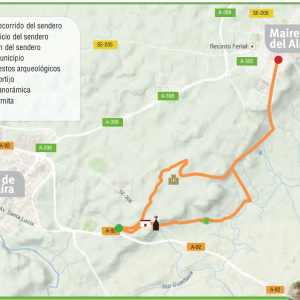
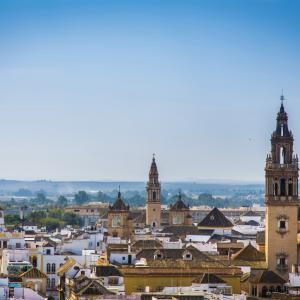
2 comments
Très agréable petite ville... Avec notre espagnol très approximatif nous avons toujours trouvé des gens prêts à nous aider jusqu'à se détourner de leur itinéraire pour nous accompagner pour notre changement de bus. Merci
Merci
New comment
The comments are moderated, so it takes a while to appear. If they contain offensive language they will not be published.